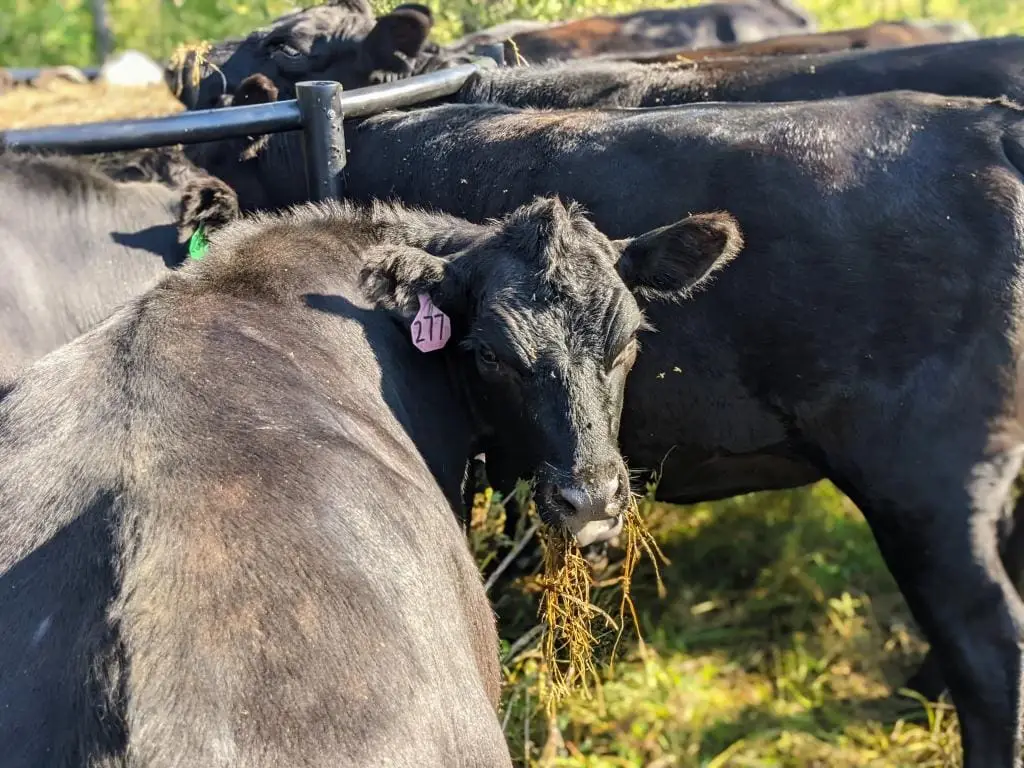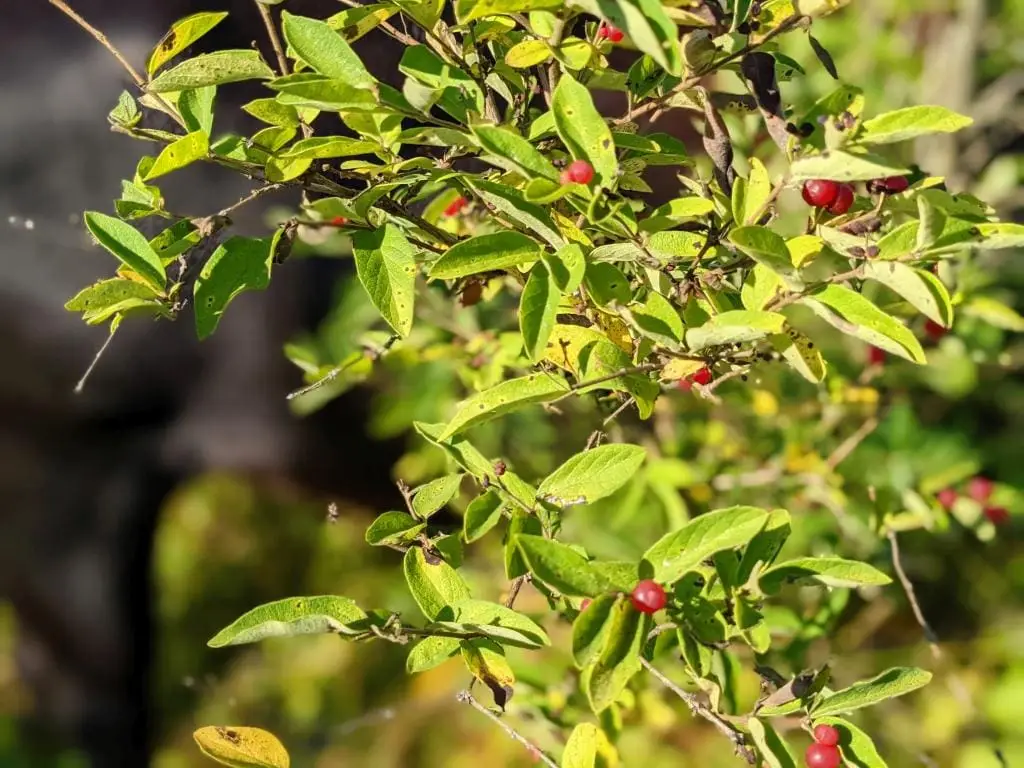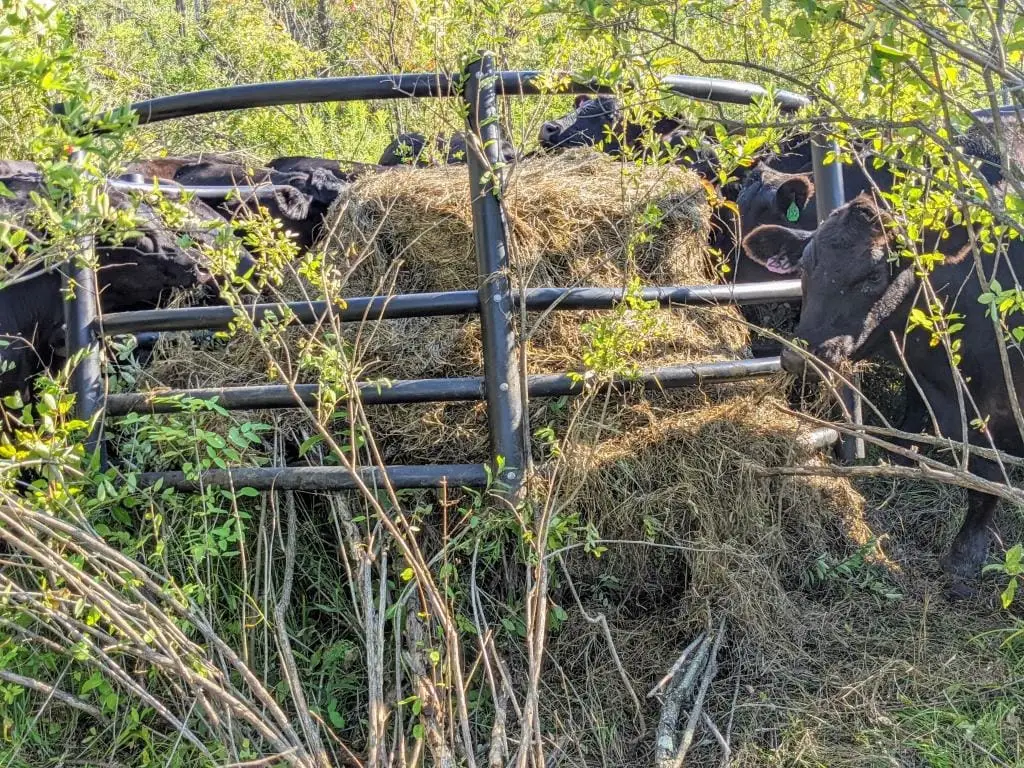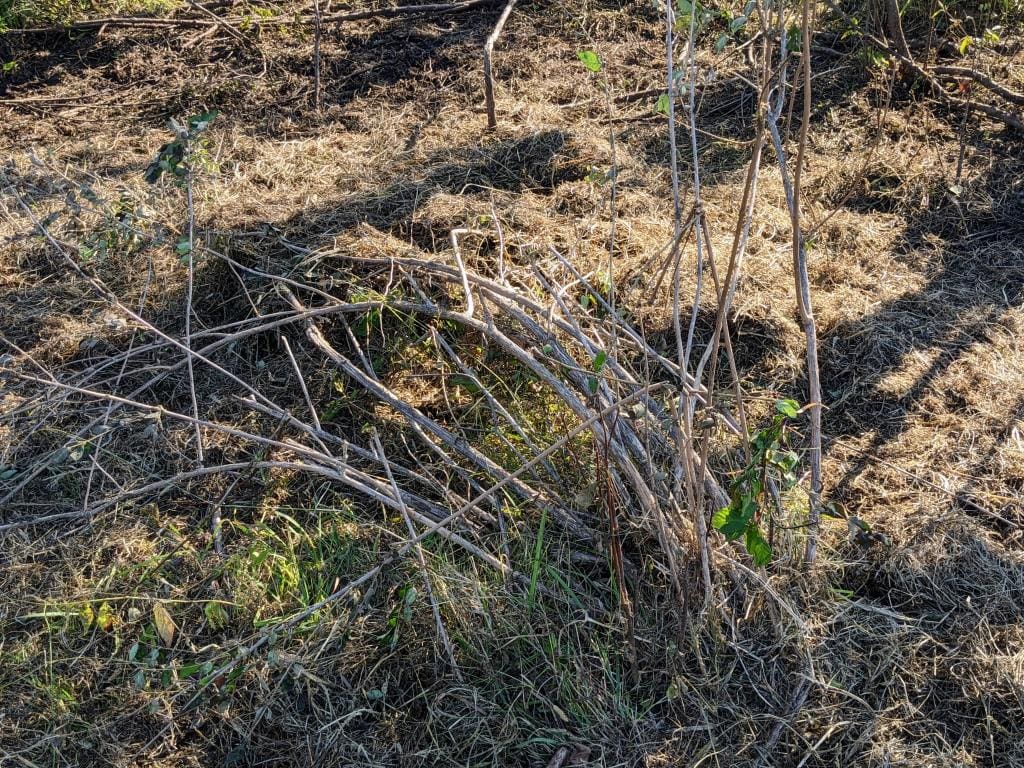This summer we’ve been feeling the hurt from a droughty weather pattern. We experienced a July heat wave overlaid with a few dry months, causing our pasture growth to stall. The low-lying fields are still green, especially in the morning, but the uplands are brittle and crunchy underfoot. The forecast gives hope for the return of some moisture, but there’s a gaping hole in the middle of our growing season.
The three-quarters of an inch of water we’ve received this month might be ideal August rainfall if we were located in the high desert of Idaho, Eastern Washington, and the Western Dakotas. The plants in those locations are adapted to prolonged stretches of dry, hot weather, and capable of rapid growth whenever new moisture is available. But here in Central New York, our plant community is rain dependent. So that rain wasn’t enough – our plants just gave up.
But it isn’t dire straights. Being in the Northeast, we have a regional advantage that farmers and ranchers in more arid climates cannot rely on: we generally have a surplus of water and a consequent surplus of grass. That surplus is cut and baled as hay. So, unlike farms in Texas that are selling off cattle in record numbers due to an absolute lack of grass, our situation allows us to sit on a cushion of hay bales. Hay is resilience for our system.
During the recent weeks we’ve been stretching our pasture grazing with bales of grass that were harvested last August when conditions were much wetter. These particular bales are of excellent quality, so our cattle have been thriving despite the tough conditions. It allows us to reach back into last summer’s abundance and to bring some of that into today’s need.

An Opportunity for Pesky Plant Control
I’ve been using this drought as an opportunity to knock back some persistent invasive brushy species. We are overrun with Asian honeysuckles (several varieties, including Japanese and Tatarian, and perhaps some others). Cattle and deer generally ignore them, browsing a few leaves but allowing the plants to spread without inhibition.

About seven or eight years ago, in a similarly dry summer, I discovered that placing a hay bale directly on top of a clump of honeysuckle seems to set back the progress. Between the weight of the bale itself crushing down on the stems, and the trampling action from the herd, we’ve been able to reclaim little corners of the fields from the steady march of honeysuckles. I’ve also noticed that when the honeysuckle branches are broken and bent lower to the ground, the cows are more likely to browse the leaves, so they’re getting some supplemental value from the greenery as well.

I am always pleased to find situations where our livestock can be put to work in adaptive ways. Rather than relying on bulldozing, sawing, burning, or spraying herbicides, we can enlist the eager cooperation of a herd of motivated cattle to accomplish the same goals.

